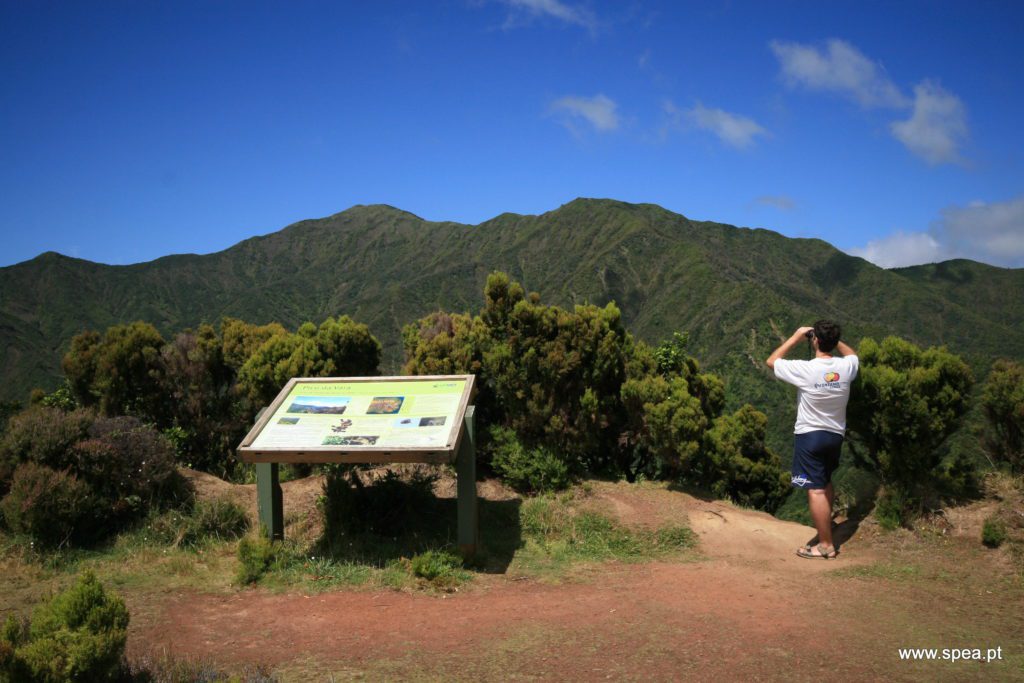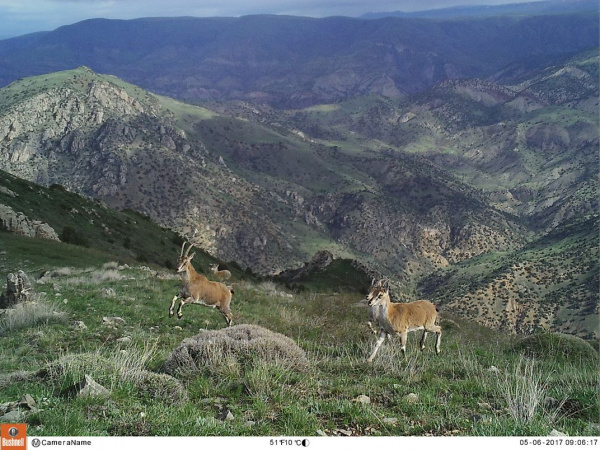Webinar: Solutions for European Protected Areas
On the European Day of Parks, 24th May, EUROPARC and PANORAMA Solutions come together to celebrate “Solutions from European Protected Areas“.
Webinar: Solutions from European Protected Areas
- 24th May – 11:30 CEST
- (Central Europe Summer Time)
- Duration: 1:15hours
- Register here
With this PANORAMA webinar, jointly hosted by EUROPARC and IUCN, we will promote examples of successful approaches from 2 different regions in Europe. Following introductions on the PANORAMA initiative, two solution providers (names and countries to be announced soon) will introduce their case studies and explain the key aspects that made them work. Participants will have the opportunity to ask questions and engage in a lively debate with the presenters.

PANORAMA – Solutions for a Healthy Planet is a partnership initiative to document and promote examples of inspiring, replicable solutions across a range of conservation and sustainable development topics, enabling cross-sectoral learning and inspiration. PANORAMA allows practitioners to share and reflect on their experiences, increase recognition for successful work, and to learn with their peers how similar challenges have been addressed around the globe. Solutions are being promoted through webinars, workshops, publications and other channels.
PANORAMA is a joint initiative of GIZ, IUCN, UN Environment, GRID-Arendal, Rare and IFOAM, with GIZ and IUCN in a leading role, but is principally open for solution contributions by any institution. All solutions can be accessed on the PANORAMA web platform: www.panorama.solutions.
Marie Fischborn will open the webinar with a presentation about the PANORAMA Solutions. Marie is with the Global Protected Areas Programme of the International Union for Conservation of Nature (IUCN). She is IUCN’s coordinator for the PANORAMA – Solutions for a Healthy Planet initiative on promoting and sharing successful approaches in conservation and sustainable development conservation and sustainable development , and leads IUCN’s business line on ‘protected area solutions’.
Case Study 1
Lands of Priolo: Integrated management to save a bird, recover natural habitats and promote sustainability
by Azucena de la Cruz, SPEA (BirdLife Portugal)

Terras do Priolo, photo by Joaquim Teodósio
The Azores Bullfinch Pyrrhula murina, Priolo in Portuguese, is one of the rarest and most endangered birds in Europe and can only be found in the east of the island of São Miguel, Azores. For the last 15 years, habitat restoration and other conservation actions have been conducted on the Special Protected Area (SPA) where this bird is found. These projects have had excellent results for the conservation of this bird, improving its status from “critically endangered” to “vulnerable”, and recovering unique habitats: laurel forest and peat bogs.
Management strategy included maximizing positive local socio-economic impacts, like job creation, expenses, educational opportunities, infrastructure creation and ecosystem services provision. This positive local impact, as well as efforts to raise awareness, have turned this bird into a symbol. The “Lands of Priolo” are now working to develop sustainable tourism that contributes to conservation of natural resources and local development.
Azucena de la Cruz is Co-Head of the Azores Department at SPEA (BirdLife Portugal). Graduated in Environmental Sciences and with postgraduate studies in Public Participation and Citizenships, Azucena is working with the Portuguese Society for the Study of Birds in Azores since 2016 having developed studies on Ecosystem Services and Management implications and coordinated the application of the “Lands of Priolo” to the European Charter for Sustainable Tourism.
Case Study 2
Caucasus Wildlife Refuge: Pioneering Private Conservation in Armenia
by Eva Martirosyan, Foundation for the Preservation of Wildlife and Cultural Assets, Armenia

During the Soviet times, various ecosystems were largely affected by the mismanagement, large regulated and unregulated forest cuts, aggressive industrialization and agricultural development practices. The “visual assessment” and centralization approaches of the time did not allow Armenia to create inventory and monitoring techniques appropriate to the specific type of lands and management objectives, or to develop local expertise and infrastructure to monitor its land resources.
The independence years in Armenia have seen political violence and several economic shocks, imposing tremendous pressures on the forests as sources of energy and illegal income. Urban sprawl, tourism, illegal hunting and unregulated grazing have greatly impacted the nature reserves.
Establishment of the FPWC’s work started as a response to an immediate need to implement sustainable management approaches that are compatible with the new environmental, economic and socio-cultural developments of the country.
The webinar will be held in English and participation is free. You can register here. See the past EUROPARC webinars.